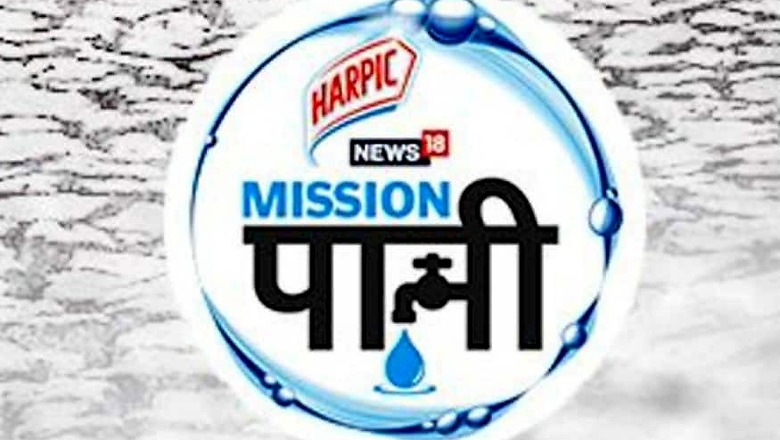
views
While the water crisis has been in action in India for quite some time, the chances of it ebbing are miniscule. And if reports are to be believed, the worst is yet to come. It the water crisis affects all major metro cities in the coming few years, there will be a domino effect that will lead to shortage of food resources as well as the economic development. Considering the consequences, there are many initiatives being undertaken by various organisations as well as the government to make water conservation a priority. And the World Bank is not far behind in backing these efforts. Let’s take a look at the steps being taken by the international financial institution to help our nation fight this uphill battle.
Helping Rural Areas Get Access to Drinking Water
The primary responsibility of providing access to drinking water to its citizens lies with the government, be it urban or rural areas. Since 1991, the government has also put communities in rural areas that are in charge of their own water supply and systems that help them do so. The World Bank comes in here as across four generations, it has helped empower these communities to choose, construct and make use of their individual water supply systems. Since the year 2000, almost 3.4 billion dollars have been invested by the World Bank in order to help rural areas in India get access to drinking water.
Reaching Out to Areas Where There’s No Rain
India has a large amount of areas that are rain-fed for agriculture. In order to help farmers who are essentially at the mercy of rains to start farming and earn a livelihood, there are a lot of World Bank-supported projects that are playing a crucial role in profiling these areas, taking note of the sort of soils available, and helping create dams, ponds and other useful structures to retain maximum water.
Cleaning the Ganges
The river Ganga, apart from religious connotations, is also a big source of water. You’d be surprised to know that only one-third of all the water that is gathered from hundreds of cities that lie along the river and finally goes in the river, is treated. No wonder the Ganges is highly polluted, and it is a matter of grave concern. Here is where the World Bank-supported ‘National Ganga River Basin’ Project made a difference. It created sewer networks and sewage water treatment plants across cities along the river, which is soon to be expanded as well. This will soon ensure that Ganges doesn’t see the inflow of polluted or contaminated water at all.
Making Dams Safer
More water is lost not due to wastage, but due to mismanagement of available resources. Effective allocation and management of resources would do great good to the nation. World Bank’s hydrology projects that were installed at a cost of around Rs 30 crore [Hydrology 1 (1995-2003) and Hydrology II (2004-2014)] have enabled managers across to assess risks and damages and thus helped them avert them before anything occurs, leading to averting of flood damages worth over Rs 238 crore.
Optimum Usage of Groundwater
Groundwater extraction has been a major source of water in India, but it has also been plagued by depletion of its sources and contamination of the same. If we don’t make optimum use of the available groundwater and don’t put measures in place as soon as possible, there are chances it will fall below the critical level in the next two decades. To ensure that it doesn’t happen, the World Bank is in process of supporting a project that will help curate and implement water conservation practices that will equip over seven Indian states to utilise their groundwater at its optimum level.
As the government and the World Bank do their part to avert the water crisis, you need to take a step from your end too. Do your bid by spread awareness about conserving water around you. For tips and information on saving water effectively, check out Harpic-News18 Mission Paani, an initiative that is going on right now, and is doing all it can to spread awareness. Click here to register.

















Comments
0 comment